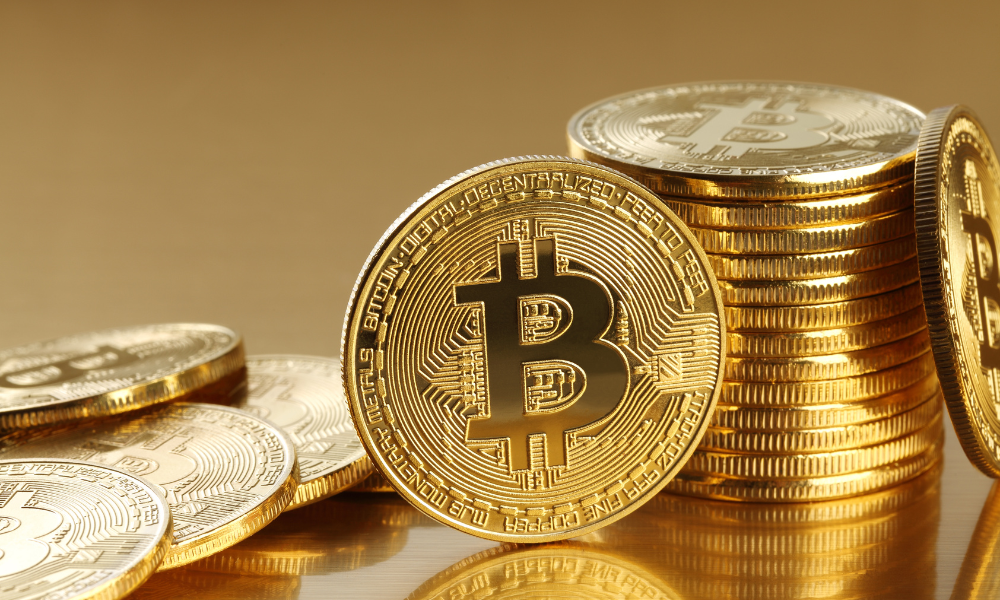Risks in traditional financial system highlight benefits of mainstay cryptocurrency, says ultra-high-net-worth advisor

The recent explosive events in the banking sector, including the high-profile collapse of Silicon Valley Bank, appear to have woken the world’s largest digital coin from its long hibernation.
As of 5pm ET yesterday, Bitcoin was trading above US$28,000, breaching that barrier for the first time since June 2022. Other cryptocurrencies have also rebounded significantly; Ether gained nearly 50% since December 31 and Solana, which was among the most beaten-down coins last year, more than doubled.
The increased uncertainty around the balance sheets of traditional lenders, specifically their fixed-income holdings, has fuelled expectations that central banks, most notably the Federal Reserve, will have to pump the brakes on their rate hiking.
That thinking, experts say, has resulted in a thawing of the harsh crypto winter that began last summer and deepened during the last months of 2022. Bitcoin’s ascent, some say, came because of its correlations with real rates, which have declined, and liquidity conditions, which have expanded.
But one high-net-worth advisor argues there’s a deeper dynamic at play. “Right now, Bitcoin is looking like a good hedge against the Fed in the U.S. trying to backstop a lot of the regional banks,” says Arthur Salzer, founder, CEO and co-CIO at Northland Wealth Management.
The trouble with central banks backstopping troubled banks, Salzer explains, is that it in effect creates more money in the broader system, which dilutes the value of people’s money overall.
“People will argue that’s for the greater good. But when times were good, the average holder of fiat currency wasn’t getting any benefit, but they’re the ones that have to insure it on the way down,” Salzer says. “To the new group of people that want less leverage in the system, no socialization of the losses, no counterparty risk, Bitcoin could be the answer.”
He points to that potential benefit of Bitcoin as the reason why a large contingent of stakeholders in the financial system, from the grassroots to the corporate level, have been slowly looking at adopting the mainstay cryptocurrency. Unlike dollars or other forms of government-guaranteed fiat currency, the way Bitcoin is held on the blockchain means people can’t borrow or lend against it.
“You can create leverage around it. And you’ve seen problems with FTX and other firms, but you can get those by putting leverage on any type of asset, even if it’s high-quality,” Salzer says. “Using Bitcoin just as a form of currency, removes the counterparty risk from using currencies held at traditional banks.”
One measure of that counterparty risk, Salzer says, has been the skyrocketing spreads on credit-default swaps – instruments used by banks and other financial institutions as insurance against the risk of a debt issuer defaulting on what they owe. At the beginning of 2022, he estimates the spread on the one-year CDS was around the five or six per cent mark; by the end of 2022, it was trading at 20%, implying a 400% increase in credit-default spread risk priced by the markets on a one-year basis.
It's not the first time the market has flirted with those degrees of risk; Salzer recalls similar levels from 2011 and 2013. And while they’re not the catastrophic numbers that were seen in ’08, they remain quite high.
Immediately after the U.S. government’s actions to guarantee deposits at SVB failed to reassure investors that other banks are on solid financial footing, an index of credit default swaps on U.S. investment-grade companies jumped to 90.2 basis points, the highest since November.
“The U.S. banking system is in much better shape than it was in ’08. The leverage isn’t there, but there are going to be problems on a case-by-case basis that will cause uncertainty,” Salzer says. “When you’re a depositor, you need to look at how your bank is operating because when you have a deposit account with them, you’re lending them money. That’s the challenge.”



